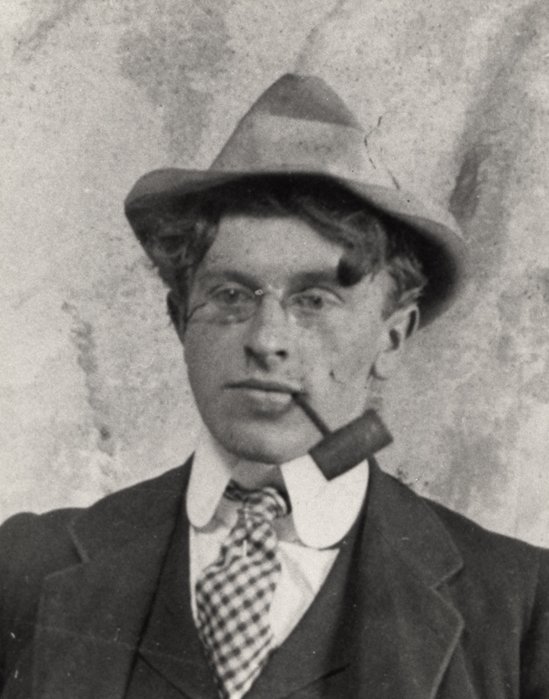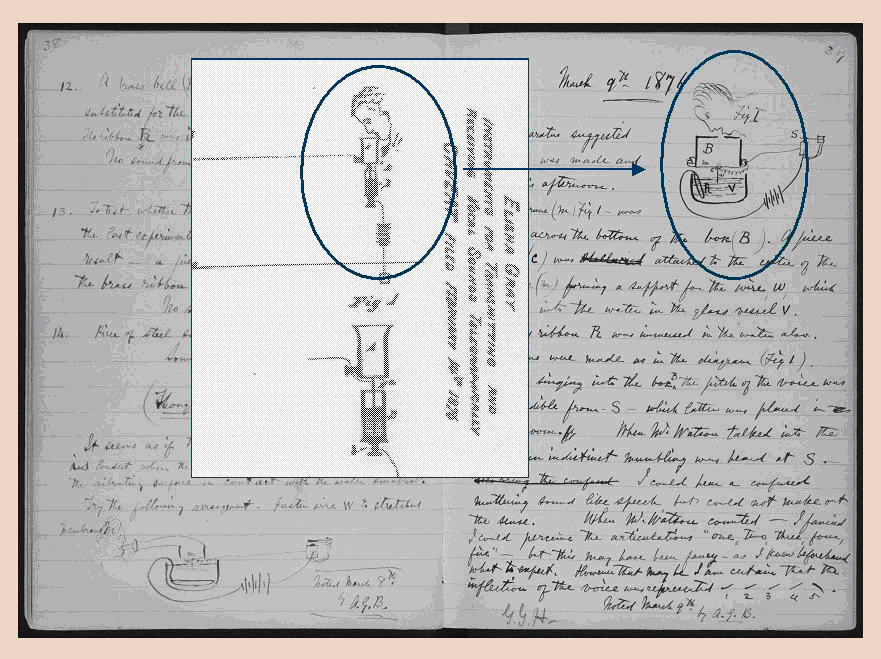|
68109 Naomipasachoff
68109 Naomipasachoff (provisional designation ) is a background asteroid from the inner regions of the asteroid belt, approximately 3.5 kilometers in diameter. It was discovered on 17 December 2000, by astronomers of the LONEOS program at the Anderson Mesa Station near Flagstaff, Arizona, in the United States. The asteroid was named after American biographer and research associate, Naomi Pasachoff. Orbit and classification Naomipasachoff is a non- family from the main belt's background population. It orbits the Sun in the inner asteroid belt at a distance of 2.2–2.7 AU once every 3 years and 11 months (1,418 days; semi-major axis of 2.47 AU). Its orbit has an eccentricity of 0.10 and an inclination of 9 ° with respect to the ecliptic. The body's observation arc begins with a precovery taken at Lincoln Laboratory ETS in March 1998, more than 2 years prior to its official discovery observation at Anderson Mesa. Naming This minor planet was named by LONE ... [...More Info...] [...Related Items...] OR: [Wikipedia] [Google] [Baidu] |
Lowell Observatory Near-Earth Object Search
Lowell Observatory Near-Earth-Object Search (LONEOS) was a project designed to discover asteroids and comets that orbit near the Earth. The project, funded by NASA, was directed by astronomer Ted Bowell of Lowell Observatory in Flagstaff, Arizona. The LONEOS project began in 1993 and ran until the end of February 2008. Hardware LONEOS, in its final configuration, used a 0.6-meter f/1.8 Schmidt telescope, acquired from Ohio Wesleyan University in 1990, and a Lowell-built 16 megapixel CCD detector. This combination of instruments provided a field of view of 2.88 by 2.88 degrees (8.3 square degrees). It had a maximum nightly scan area of about 1,000 square degrees (covered four times). The instrument could cover the entire accessible dark sky in about a month. The CCD has detected asteroids as faint as visual magnitude 19.8 but its typical limiting visual magnitude was 19.3. The instrument is located at Lowell Observatory's dark sky site, Anderson Mesa Station, near Flagstaf ... [...More Info...] [...Related Items...] OR: [Wikipedia] [Google] [Baidu] |
Ecliptic
The ecliptic or ecliptic plane is the orbital plane of the Earth around the Sun. From the perspective of an observer on Earth, the Sun's movement around the celestial sphere over the course of a year traces out a path along the ecliptic against the background of stars. The ecliptic is an important reference plane and is the basis of the ecliptic coordinate system. Sun's apparent motion The ecliptic is the apparent path of the Sun throughout the course of a year. Because Earth takes one year to orbit the Sun, the apparent position of the Sun takes one year to make a complete circuit of the ecliptic. With slightly more than 365 days in one year, the Sun moves a little less than 1° eastward every day. This small difference in the Sun's position against the stars causes any particular spot on Earth's surface to catch up with (and stand directly north or south of) the Sun about four minutes later each day than it would if Earth did not orbit; a day on Earth is therefore 24 hours ... [...More Info...] [...Related Items...] OR: [Wikipedia] [Google] [Baidu] |
Minor Planet Circulars
The Minor Planet Center (MPC) is the official body for observing and reporting on minor planets under the auspices of the International Astronomical Union (IAU). Founded in 1947, it operates at the Smithsonian Astrophysical Observatory. Function The Minor Planet Center is the official worldwide organization in charge of collecting observational data for minor planets (such as asteroids), calculating their orbits and publishing this information via the '' Minor Planet Circulars''. Under the auspices of the International Astronomical Union (IAU), it operates at the Smithsonian Astrophysical Observatory, which is part of the Center for Astrophysics along with the Harvard College Observatory. The MPC runs a number of free online services for observers to assist them in observing minor planets and comets. The complete catalogue of minor planet orbits (sometimes referred to as the "Minor Planet Catalogue") may also be freely downloaded. In addition to astrometric data, the MPC collect ... [...More Info...] [...Related Items...] OR: [Wikipedia] [Google] [Baidu] |
Minor Planet Center
The Minor Planet Center (MPC) is the official body for observing and reporting on minor planets under the auspices of the International Astronomical Union (IAU). Founded in 1947, it operates at the Smithsonian Astrophysical Observatory. Function The Minor Planet Center is the official worldwide organization in charge of collecting observational data for minor planets (such as asteroids), calculating their orbits and publishing this information via the '' Minor Planet Circulars''. Under the auspices of the International Astronomical Union (IAU), it operates at the Smithsonian Astrophysical Observatory, which is part of the Center for Astrophysics along with the Harvard College Observatory. The MPC runs a number of free online services for observers to assist them in observing minor planets and comets. The complete catalogue of minor planet orbits (sometimes referred to as the "Minor Planet Catalogue") may also be freely downloaded. In addition to astrometric data, the MPC collect ... [...More Info...] [...Related Items...] OR: [Wikipedia] [Google] [Baidu] |
Linus Pauling
Linus Carl Pauling (; February 28, 1901August 19, 1994) was an American chemist, biochemist, chemical engineer, peace activist, author, and educator. He published more than 1,200 papers and books, of which about 850 dealt with scientific topics. ''New Scientist'' called him one of the 20 greatest scientists of all time, and as of 2000, he was rated the 16th most important scientist in history. For his scientific work, Pauling was awarded the Nobel Prize in Chemistry in 1954. For his peace activism, he was awarded the Nobel Peace Prize in 1962. He is one of five people to have won more than one Nobel Prize (the others being Marie Curie, John Bardeen, Frederick Sanger and Karl Barry Sharpless). Of these, he is the only person to have been awarded two unshared Nobel Prizes, and one of two people to be awarded Nobel Prizes in different fields, the other being Marie Curie. Pauling was one of the founders of the fields of quantum chemistry and molecular biology. His contributions t ... [...More Info...] [...Related Items...] OR: [Wikipedia] [Google] [Baidu] |
Albert Einstein
Albert Einstein ( ; ; 14 March 1879 – 18 April 1955) was a German-born theoretical physicist, widely acknowledged to be one of the greatest and most influential physicists of all time. Einstein is best known for developing the theory of relativity, but he also made important contributions to the development of the theory of quantum mechanics. Relativity and quantum mechanics are the two pillars of modern physics. His mass–energy equivalence formula , which arises from relativity theory, has been dubbed "the world's most famous equation". His work is also known for its influence on the philosophy of science. He received the 1921 Nobel Prize in Physics "for his services to theoretical physics, and especially for his discovery of the law of the photoelectric effect", a pivotal step in the development of quantum theory. His intellectual achievements and originality resulted in "Einstein" becoming synonymous with "genius". In 1905, a year sometimes described as his ' ... [...More Info...] [...Related Items...] OR: [Wikipedia] [Google] [Baidu] |
Isaac Newton
Sir Isaac Newton (25 December 1642 – 20 March 1726/27) was an English mathematician, physicist, astronomer, alchemist, theologian, and author (described in his time as a "natural philosopher"), widely recognised as one of the greatest mathematicians and physicists and among the most influential scientists of all time. He was a key figure in the philosophical revolution known as the Enlightenment. His book (''Mathematical Principles of Natural Philosophy''), first published in 1687, established classical mechanics. Newton also made seminal contributions to optics, and shares credit with German mathematician Gottfried Wilhelm Leibniz for developing infinitesimal calculus. In the , Newton formulated the laws of motion and universal gravitation that formed the dominant scientific viewpoint for centuries until it was superseded by the theory of relativity. Newton used his mathematical description of gravity to derive Kepler's laws of planetary motion, account for ... [...More Info...] [...Related Items...] OR: [Wikipedia] [Google] [Baidu] |
Niels Bohr
Niels Henrik David Bohr (; 7 October 1885 – 18 November 1962) was a Danish physicist who made foundational contributions to understanding atomic structure and quantum theory, for which he received the Nobel Prize in Physics in 1922. Bohr was also a philosopher and a promoter of scientific research. Bohr developed the Bohr model of the atom, in which he proposed that energy levels of electrons are discrete and that the electrons revolve in stable orbits around the atomic nucleus but can jump from one energy level (or orbit) to another. Although the Bohr model has been supplanted by other models, its underlying principles remain valid. He conceived the principle of complementarity: that items could be separately analysed in terms of contradictory properties, like behaving as a wave or a stream of particles. The notion of complementarity dominated Bohr's thinking in both science and philosophy. Bohr founded the Institute of Theoretical Physics at the University of Cope ... [...More Info...] [...Related Items...] OR: [Wikipedia] [Google] [Baidu] |
Alexander Graham Bell
Alexander Graham Bell (, born Alexander Bell; March 3, 1847 – August 2, 1922) was a Scottish-born inventor, scientist and engineer who is credited with patenting the first practical telephone. He also co-founded the American Telephone and Telegraph Company (AT&T) in 1885. Bell's father, grandfather, and brother had all been associated with work on elocution and speech, and both his mother and wife were deaf; profoundly influencing Bell's life's work. His research on hearing and speech further led him to experiment with hearing devices which eventually culminated in Bell being awarded the first U.S. patent for the telephone, on March 7, 1876. Bell considered his invention an intrusion on his real work as a scientist and refused to have a telephone in his study. Many other inventions marked Bell's later life, including groundbreaking work in optical telecommunications, hydrofoils, and aeronautics. Bell also had a strong influence on the National Geographic Society and its ... [...More Info...] [...Related Items...] OR: [Wikipedia] [Google] [Baidu] |
Marie Curie
Marie Salomea Skłodowska–Curie ( , , ; born Maria Salomea Skłodowska, ; 7 November 1867 – 4 July 1934) was a Polish and naturalized-French physicist and chemist who conducted pioneering research on radioactivity. She was the first woman to win a Nobel Prize, the first person and the only woman to win a Nobel Prize twice, and the only person to win a Nobel Prize in two scientific fields. Her husband, Pierre Curie, was a co-winner of her first Nobel Prize, making them the first-ever married couple to win the Nobel Prize and launching the Curie family legacy of five Nobel Prizes. She was, in 1906, the first woman to become a professor at the University of Paris. She was born in Warsaw, in what was then the Kingdom of Poland, part of the Russian Empire. She studied at Warsaw's clandestine Flying University and began her practical scientific training in Warsaw. In 1891, aged 24, she followed her elder sister Bronisława to study in Paris, where she earned her highe ... [...More Info...] [...Related Items...] OR: [Wikipedia] [Google] [Baidu] |
Edward Bowell
Edward L. G. "Ted" Bowell (born 1943 in London), is an American astronomer. Bowell was educated at Emanuel School London, University College, London, and the University of Paris. He was principal investigator of the Lowell Observatory Near-Earth-Object Search (LONEOS). He has discovered a large number of asteroids, both as part of LONEOS and in his own right before LONEOS began. Among the latter are the Jovian asteroids 2357 Phereclos, 2759 Idomeneus, 2797 Teucer, 2920 Automedon, 3564 Talthybius, 4057 Demophon, and (4489) 1988 AK. He also co-discovered the periodic comet 140P/Bowell-Skiff and the non-periodic comet C/1980 E1. The outer main-belt asteroid 2246 Bowell was named in his honor. The official naming citation was published on 1 January 1981 (). List of discovered minor planets Edward Bowell discovered 571 minor planets. References External links Edward "Ted" Bowell, Lowell Observatory Lowell Observatory ... [...More Info...] [...Related Items...] OR: [Wikipedia] [Google] [Baidu] |
Minor Planet
According to the International Astronomical Union (IAU), a minor planet is an astronomical object in direct orbit around the Sun that is exclusively classified as neither a planet nor a comet. Before 2006, the IAU officially used the term ''minor planet'', but that year's meeting reclassified minor planets and comets into dwarf planets and small Solar System bodies (SSSBs).Press release, IAU 2006 General Assembly: Result of the IAU Resolution votes International Astronomical Union, August 24, 2006. Accessed May 5, 2008. Minor planets include asteroids ( |



.jpg)



